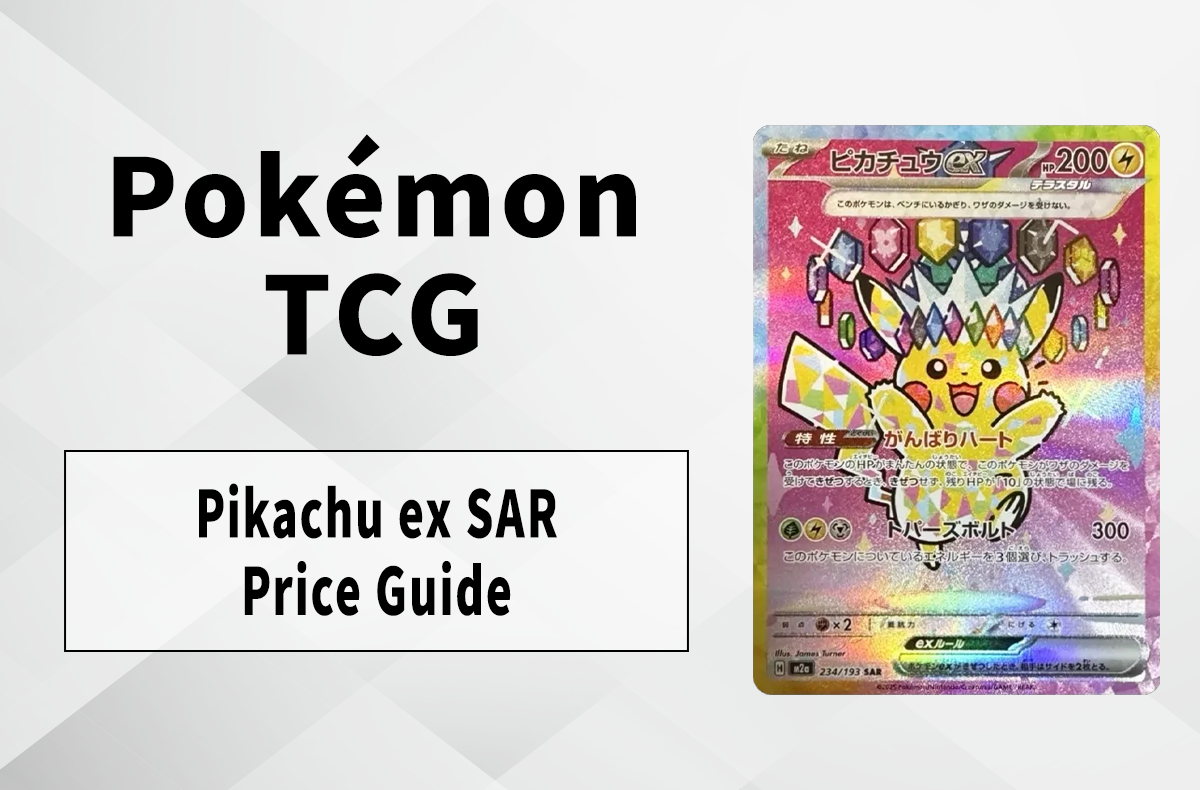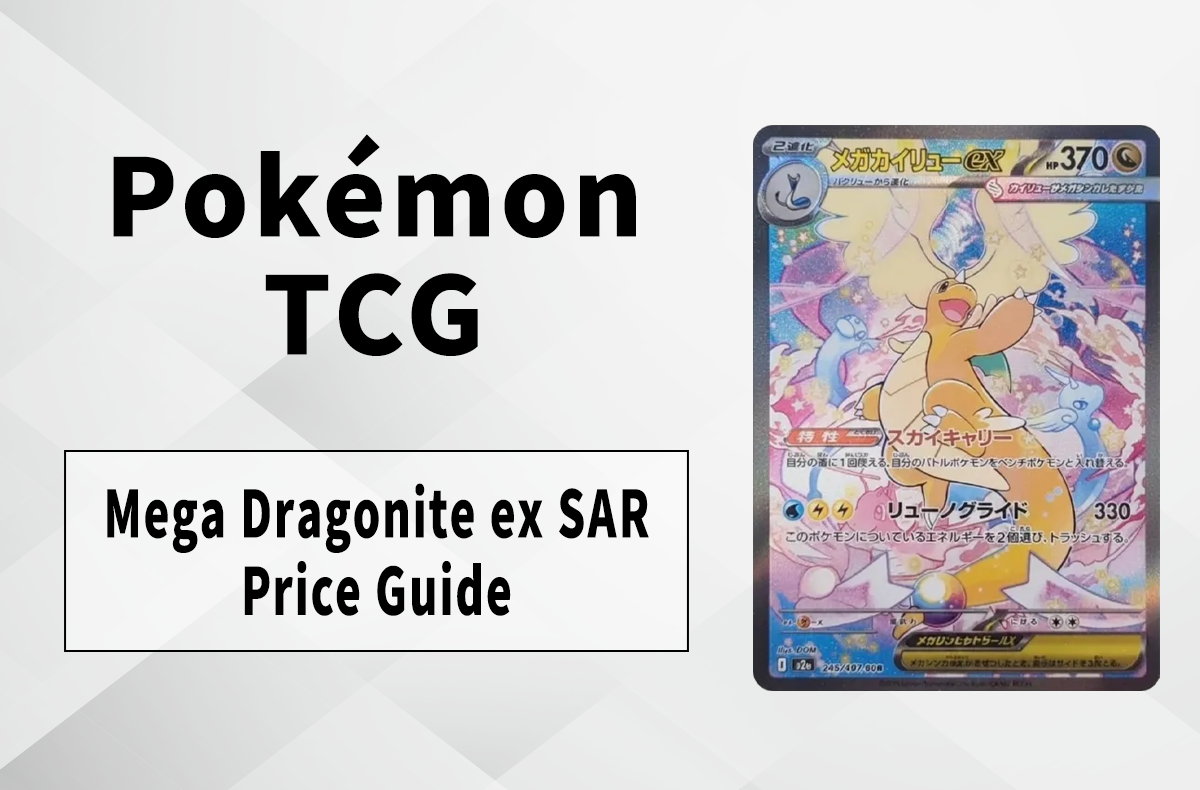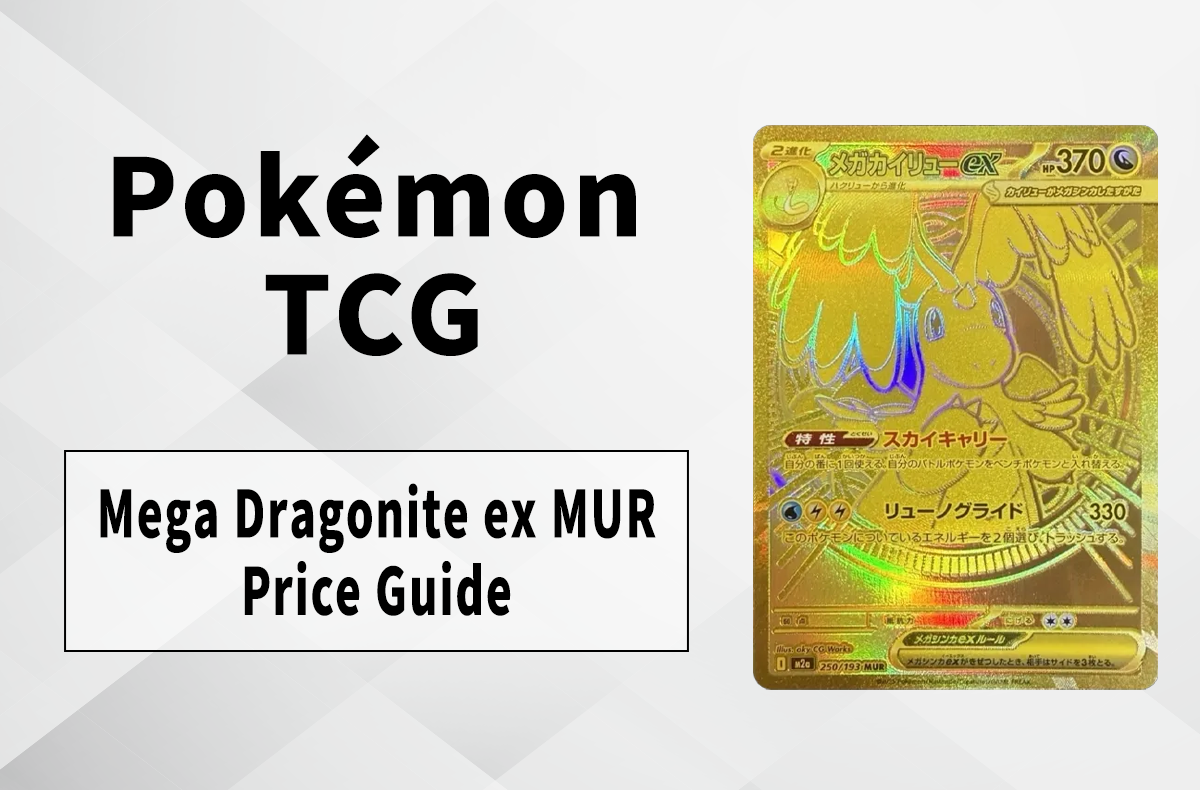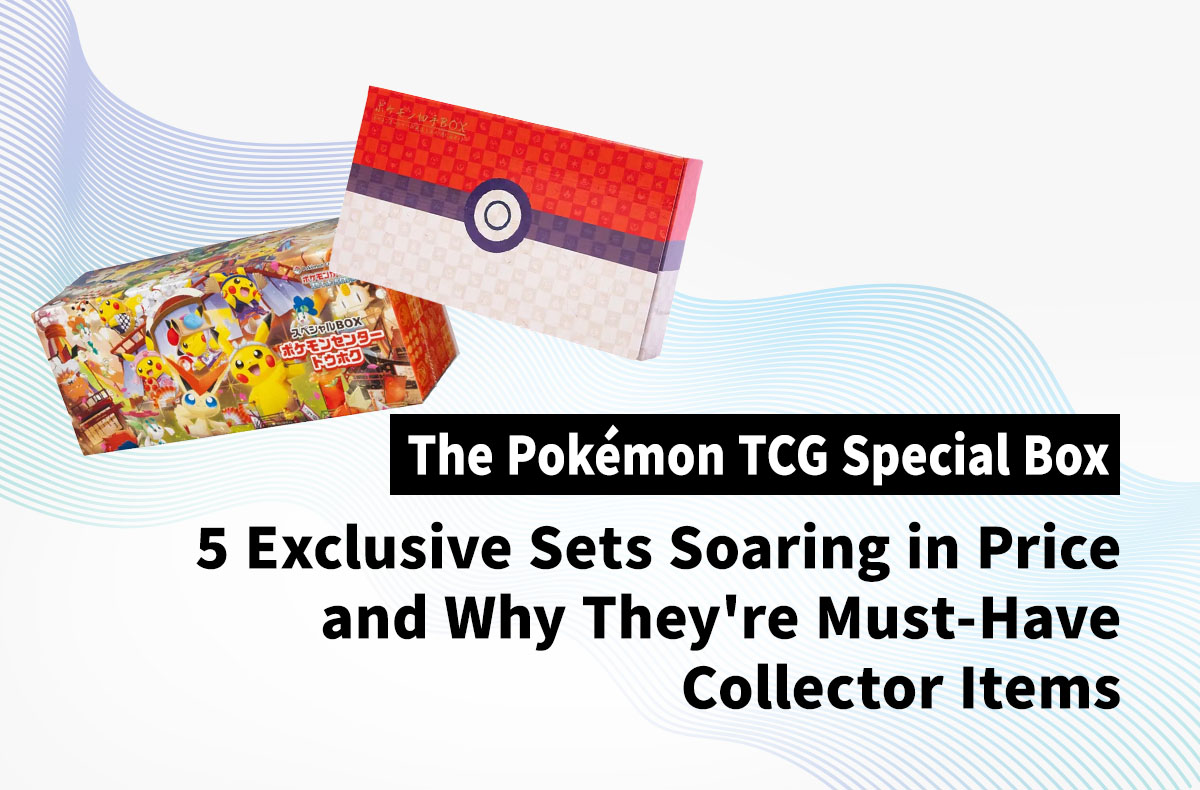Atlas Collectif: A Running Brand Built on Design, Functionality, and Sustainability
Discover how design becomes more than aesthetics, how functionality empowers movement, and how sustainability fuels their passion for a better planet. Step into the world of Atlas Collectif, where performance meets purpose.
Words by Charles Basa
Back in the 1960s, jogging was considered a fringe activity, primarily for athletes. The New York Times in 1968 even ran a piece on the handful of “unusual freaks” who chose to run for leisure.
In retrospect, it’s bemusing how it was the vox populi at the time. Now, it’s an activity implored highly for its health and social benefits—physical and psychological. Marathons are growing in popularity at record pace, with running groups proliferating the globe.
As running rises in repute, so has the landscape, growing wide enough for independent running brands to co-exist with industry behemoths. Thus begins, the story of Atlas Collectif.
Headquartered in Dubai and Kuala Lumpur, Atlas Collectif is a performance apparel brand by friends Benjamin Hagen and Hugh Koh. Built on the three tenets of “Fashion & Design, Performance & Technology, and Sustainability & Responsibility”, the first two are expected of most brands but what sets Atlas Collectif apart from their contemporaries is their particular emphasis on the last.
They too, could one day leave their footprint in the world of running, but not without reducing their ecological footprint in the world at large. To expound this raison d’être, there’s no one more qualified than one of its co-founders, Benjamin.

Tell us more about the founding of Atlas Collectif.
[Hugh and myself] have been friends since 2016 and always got along when it came to taste, style and ambitions. We very early spoke about creating something together. We often caught up in Dubai and would go for runs.
We established Atlas Collectif in January 2020, though it remained a mere concept initially. Just as we were eager to kickstart our venture, the onset of the COVID-19 pandemic presented challenges.
Nevertheless, we proceeded with small-scale sampling, graphic design, brainstorming, and material and cut testing. The process of assembling our collection piece by piece was an enjoyable journey.
Our primary challenge was identifying environmentally friendly materials that also delivered exceptional performance, a task complicated by the material shortages and restrictions during the lockdown phase. We deliberately took our time to ensure precision in our work. Finally, we successfully launched our commercial endeavor in January 2023.
Atlas Collectif is a cool name for a brand. How was it conceived and what’s the meaning behind it?
Atlas refers to a collection of maps, in our context, it is meant to embody a philosophy of borderlessness, internationalism, and a focus on humanity at a global scale; while “Collectif” represents our commitment to building a strong community that ranges from runners, creatives, musicians, designers to sports enthusiasts. Our motto is “Connect globally, nurture locally”.

Based on our conversation prior, you’re very enthused about a lot of things. Why running?
We were drawn to running for its accessibility—it’s an activity open to anyone with the physical capability and the desire to move, and you don’t even require fancy shoes! When I began my running journey in 2008, I started with [Nike] Air Max Plus TN, later transitioning to proper running shoes.
Running also became a shared pursuit for Hugh and I, although I must admit that Hugh’s fitness level far surpasses mine! He’s a true athlete, always striving for personal bests and seeking the next challenge.
My relationship with running kicked off differently. It became my path to recovery after a medication mishap involving antimalarial drugs that triggered severe panic attacks that persisted for a long time, significantly disrupting my daily life—work, commuting, and social activities.
Running worked its magic on me and has since become an integral part of my life. It’s only natural that choosing this sport was, for me, an expression of gratitude because it played a vital role in helping me regain control over essential aspects of my life.
I wholeheartedly recommend running to those dealing with mental stress, whether it’s burnout or anxiety disorders. It has become my form of meditation and a means to reset my body and mind after every run.
How does the brand’s three key pillars (Fashion & Design, Performance & Technology, and Sustainability & Responsibility) translate into the materialization of the clothes?
This means that in all our endeavors, we aim to incorporate a combination of these three elements. Take, for instance, our performance gear; here, we prioritize the performance and technology aspects while still ensuring that design and responsibility play an essential role.
At each stage of product development, we make certain that these three elements are interwoven into our ideation process.

Fashion & Design
There’s a signature design language evident in all of Atlas Collectif’s apparel. Whether it’s their use of typography, the retrofuturistic graphics, or the minimalistic color palette; it all works in tandem to create a timeless aesthetic that transcends demographics—age, gender, fitness level, etc. An aesthetic, in its abstraction, that emanates inclusivity.
What inspires the brand’s aesthetic?
Our initial collection drew inspiration from clean aesthetics and minimalism, taking cues from the Bauhaus movement. Influential designers like Otl Aicher from Germany significantly contributed to our early design phase, shaping our present iconography and wordmark.
As we progress, we plan to delve into diverse design languages for our lifestyle sportswear range, offering increased versatility compared to our performance line, which will maintain a focus on sleek cuts, graphics and functionality.
How are the designs usually conceived? Are there a team of designers that you work frequently with? If you’re at liberty to share, tell us more about the process.
We collaborate with various designers and welcome partnerships with creatives worldwide—this defines the essence of Atlas Collectif.
While we have our core designers, the process typically begins with concepts, moods, drawings, taglines, and color schemes. We often start with paper sketches and later convert them to vector graphics. The creative journey knows no boundaries and varies with each project.
Our inaugural concept is centered around the “earthling theme”, an ode to humanity—at least certain aspects of it. This concept inspired pieces like the Universe Tee, symbolizing runners in their unique zones, facing individual challenges and goals, yet connected as part of the same universe when viewed from a broader perspective.

The “Union Tee” featured the coordinates where the earliest evidence of our upright-walking common ancestor was unearthed. The concept, and the idea to use it on running apparel is impressive. How did that come about? It seemed so apt.
For us, it’s about the message, a reminder that we all come from the same origin—hence the term “Union Tee”.
The goal was to discover a common thread, prompting an exploration of our unique origins. We’ve consistently sought elements that unite rather than divide. Steering clear of exclusive communities or specific audiences, we aim to connect with individuals of any shape, belief, and background visually.
Our aspirations revolve around uniting people through running, culture, and style—essentially, our chosen vehicle for connection.
Performance & Technology
Little things make the biggest difference. And it applies just as much to performance running gear. Especially at the margin of one’s limits, at the last mile, the make of the fabric (among other factors) can influence one’s decision to finish the run—or to just end it. It’s these subtleties that Atlas Collectif long considers and imbues in the DNA of their products.

The Core 2 in 1 Running Shorts seems to be the quintessence of the brand’s Performance & Technology principle. They’re stacked with features runners wouldn’t even know they’d want. What was the process and experience like going from ideation to production?
The Core 2 in 1 turned out great and became one of our top sellers. The concept was straightforward: a sport short that could carry essentials on the run while maintaining a minimal and stylish look, all in the most sustainable way possible.
The challenge involved sourcing fabrics with the right specifications—lightweight, breathable, sustainable and comfortable.
The production stages were intricate, designing everything from scratch. Despite the complexity, we’re pleased with the results. Now, we’re introducing a new version with improved inner compression, lighter materials, and updated prints, along with the launch of a new colorway.

Even the features of the Running Belt are well-considered. What are the essential features/qualities that traverse through all the offerings, especially for performance running gear?
We really like the running belt. It’s incredibly lightweight, almost unnoticeable during runs.
Our products revolve around three pillars: design, functionality, and sustainability. In our performance range, functionality takes precedence over design, maintaining simplicity and sleekness with a strong emphasis on excellent cuts, all while prioritizing sustainability.

Sustainability & Responsibility
These days, the terms above are frequently heard in the fashion discourse. With greenwashing plaguing the industry, it has become increasingly challenging to verify the authenticity of brands’ ethical practices.
For Atlas Collectif, in addition to the transparent disclosure on their website, they’re also certified by two prestigious sustainability standards—the Global Recycled Standard (GRS) and Control Union.
Sustainability is a strong part of the brand’s identity, was that a principle inherent since its inception?
Let’s be candid in an industry often plagued by greenwashing for profit-driven motives. Achieving 100% sustainability is a challenging feat, but our commitment lies in diligently reducing emissions through our business choices.
We prioritize biodegradable packaging, utilize a high percentage of recycled materials, consistently opt for eco-friendly sourcing, and collaborate with ethical factories. Our focus is not on maximizing profits but on adhering to these principles. It’s not about marketing, it’s about embedding these values into everything we do.
These factors have always guided my own purchasing decisions, and we want our customers to understand that we don’t cut corners at the expense of the environment or global well-being. We’re not about creating fast fashion that barely survives ten washes. With the resources at our disposal, we genuinely strive to get these aspects right.

What do the GRS and Control Union certifications mean?
Our fabrics are certified by the Global Recycled Standard (GRS) and Control Union. This means they contain a high percentage of recycled materials, reducing waste and conserving valuable resources.
The Control Union certification ensures our commitment to sustainability, ethical sourcing, and fair labor conditions, aligning with your values.
Are there other sustainable practices the brand is looking to implement in the future? A take-back or repair program, for example.
Absolutely, 100%! We’re actively exploring additional avenues to minimize waste. Embracing a circular economy is one such avenue.
We’re in the process of finding ways to either collect products ourselves or participate in programs where customers are incentivized to return items they no longer wish to wear, allowing us to recycle them and prevent them from ending up in landfills. While it may take some time to fully implement, we’re dedicated to making progress in this direction.

What region does the brand have the strongest presence in?
We currently sell internationally and have customers ordering from 17 countries. We started off in South East Asia, Australia and the Middle East since Hugh and I are based in those regions, but we will start focusing next year on the western hemisphere of the globe!
Recommend to our readers some of the highlight pieces you guys have produced so far.
We have a genuine passion for all our products, and our bestsellers include the 2 in 1 shorts, running singlets, bamboo raglan t-shirts, and the ultra-light LPU Cap!
It seems like a tall order but are there plans to produce your own shoes in the future? Or is there a performance running shoe right now that you would want to reimagine?
There is some good stuff in the works, but unfortunately, we can’t disclose any details at this stage. We are super excited about what is yet to come!
What’s next in the brand’s evolution?
We will start a women’s line early next year [2024]. Surprisingly, a high percentage of our customers are women! We will also extend our performance range, get more technical, lighter and functional materials. We will also get creative and push our sportswear and lifestyle collection with new collaborations, and categories such as outdoor and hiking gear.

Atlas Collectif x ANTA Collaboration
Since the interview was conducted, Atlas Collectif have released their collaboration with ANTA, celebrating the launch of the iconic C202 5 GT. The pair is accompanied by exclusive Atlas Collectif x ANTA singlets and 3″ shorts in Light Grey and in Black.


Performance Delivery ’24



Additionally, they’ve expanded their Performance Running catalogue with the addition of the Performance Running T-Shirt and Performance 2 in 1 Running Shorts (Olive/Black); ACRC Running Singlet and 3″ Race Shorts (Light Grey); Track & Trail Running Singlet and 3″ Race Shorts (Black); and 3M Reflective Globe Running Singlet and 3″ Race Shorts (Light Grey/Black).



And just for readers of SNKRDUNK Magazine, Atlas Collectif has generously extended a 20% discount for first-time purchases.
Just use code “SNKRDUNK20” at checkout!
More SNKRDUNK Features:
Top 25 Pink Nike Dunks to Fall in Love With
The Corner Shop Captures the Nostalgic Allure of Osaka’s Amerikamura and Old Singapore
Best Chinese New Year Shoes 2024: The Ultimate Guide to “Year of the Dragon” Sneakers
Best Sneakers Under US$150 on SNKRDUNK Now
Korean vs. Japanese Streetwear: What Sets Them Apart?




















![BABYMETAL x Vans Collection [Release Date/Price/Where To Buy]](https://snkrdunk.s3.ap-northeast-1.amazonaws.com/en/magazine/wp-content/uploads/2025/12/12175359/20251210091758-0.jpg)






